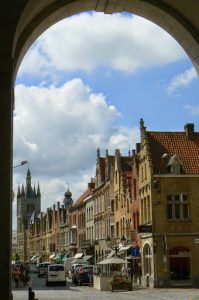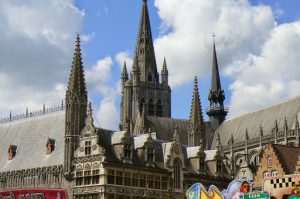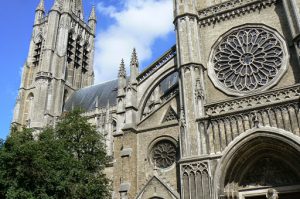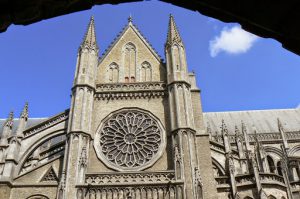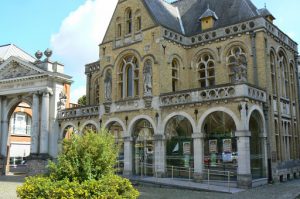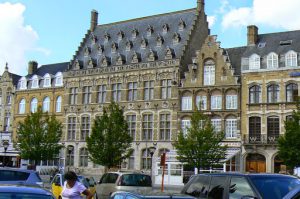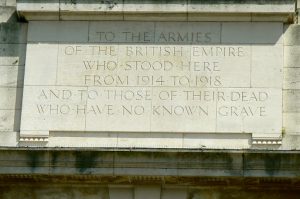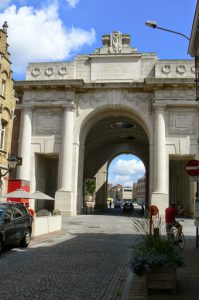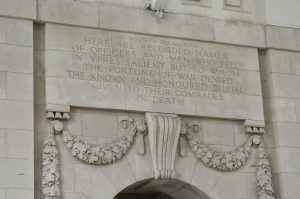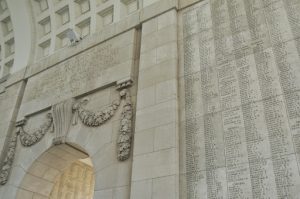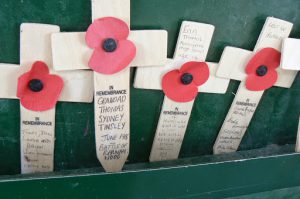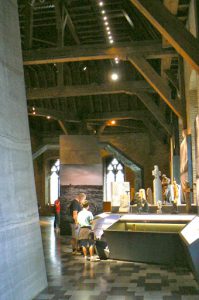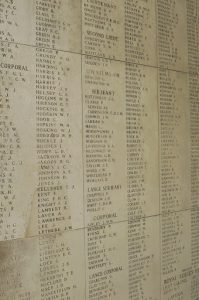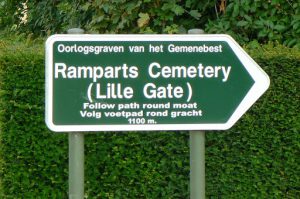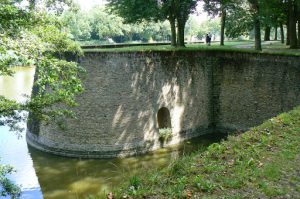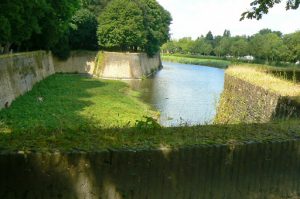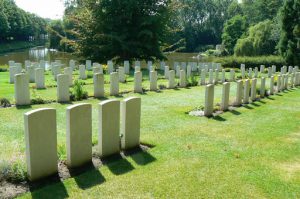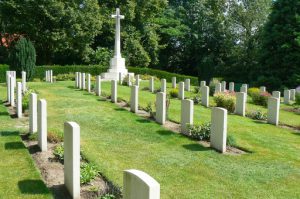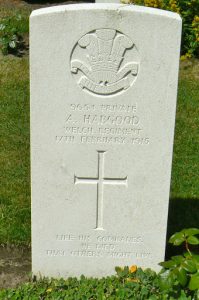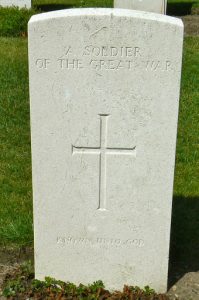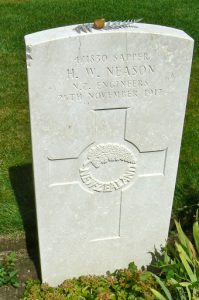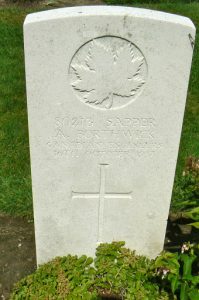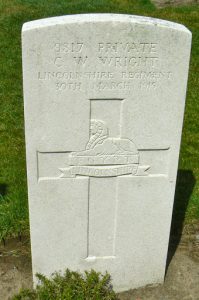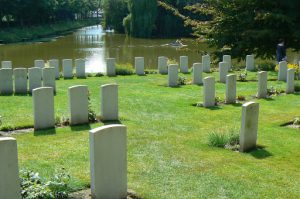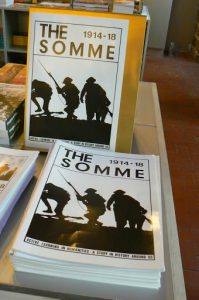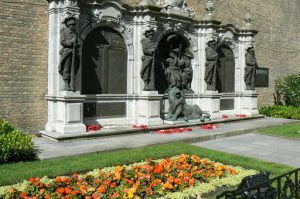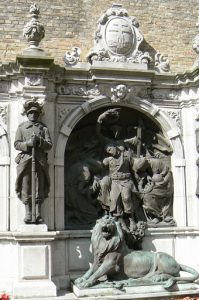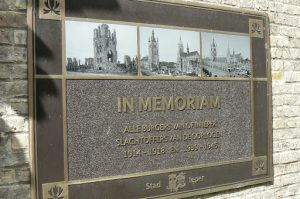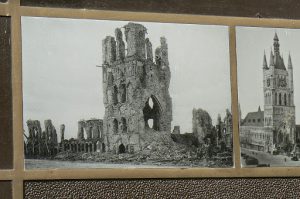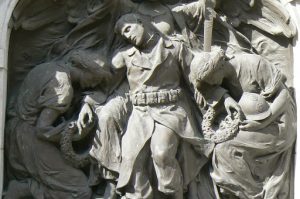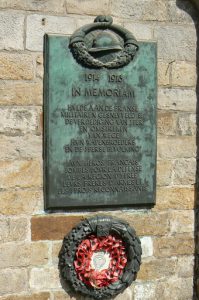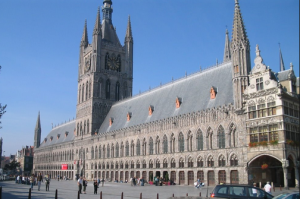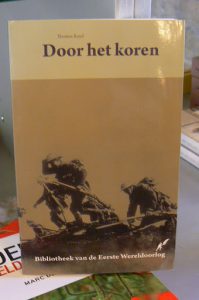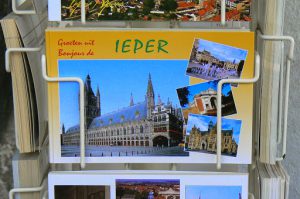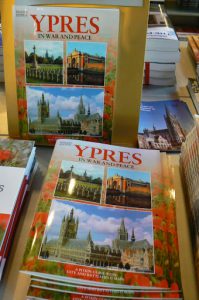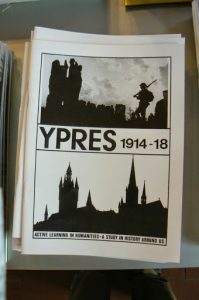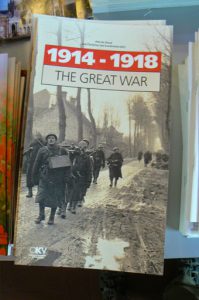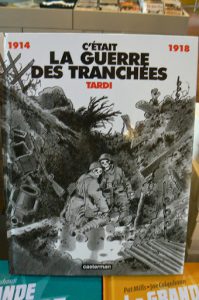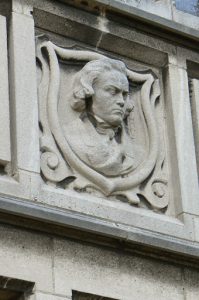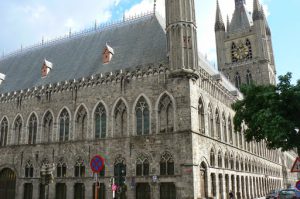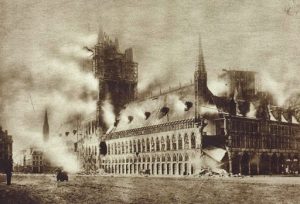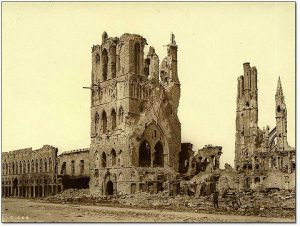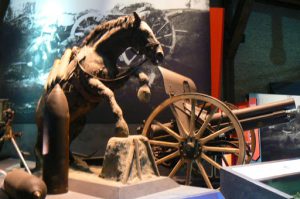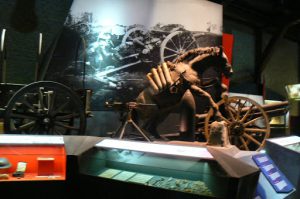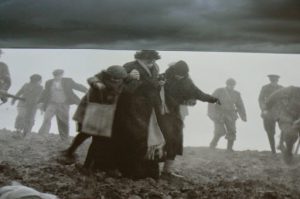The Ypres municipality comprises the city of Ypres and ten small villages, home to some 34,900 inhabitants. During World War I, Ypres was the centre of intense and sustained battles between German and Allied forces.
Ypres is an ancient town, known to have been raided by the Romans in the first century BC. During the Middle Ages, Ypres was a prosperous Flemish city renowned for its linen trade with England (mentioned in the Canterbury Tales). The enormous Cloth Hall was built in the thirteenth century.
Ypres occupied a strategic position during World War I because it stood in the path of Germany’s planned sweep across the rest of Belgium and into France from the north. Germany’s 1914 invasion of Belgium brought the British Empire into the war. The first use of poison gas was by the Germans on 22 April 1915.
Of the battles, the largest, best-known, and most costly in human suffering was the Third Battle of Ypres (31 July to 6 November 1917, also known as the Battle of Passchendaele), in which the British, Canadian, ANZAC, and French forces recaptured the Passchendaele Ridge east of the city at a terrible cost of lives. After months of fighting, this battle resulted in nearly half a million casualties to all sides, and only a few miles of ground won by Allied forces. During the course of the war the town was all but obliterated by the artillery fire.
After the war the town was rebuilt using money paid by Germany in reparations, with the main square, including the Cloth Hall and town hall, being rebuilt as close to the original designs as possible (the rest of the rebuilt town is more modern in appearance). The Cloth Hall today is home to In Flanders Fields Museum, dedicated to Ypres’s role in the First World War.

